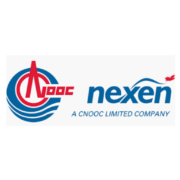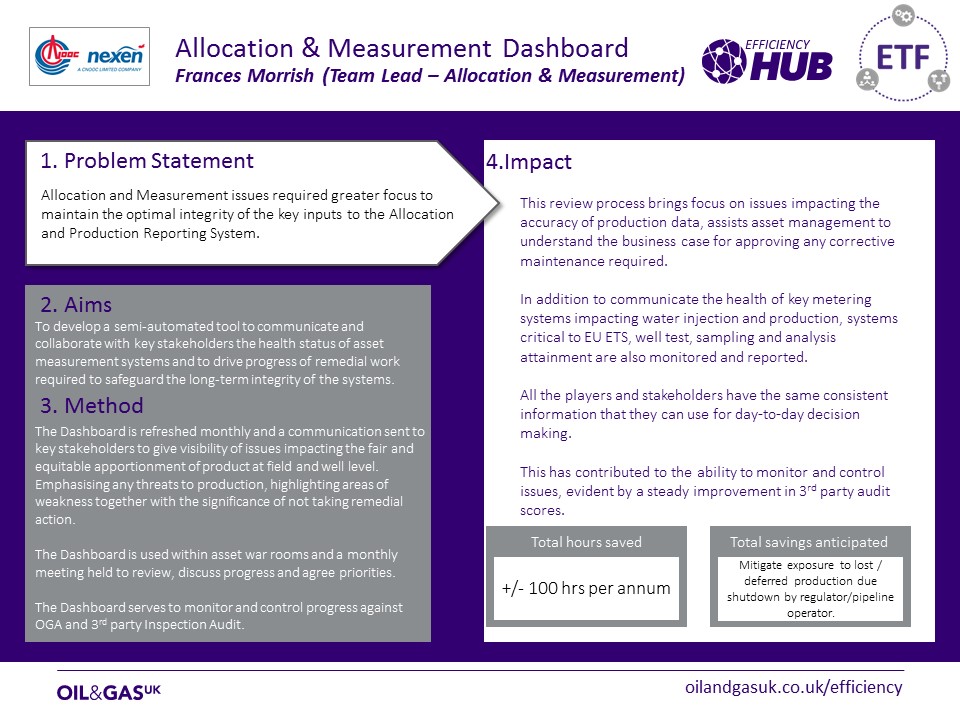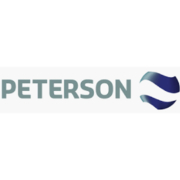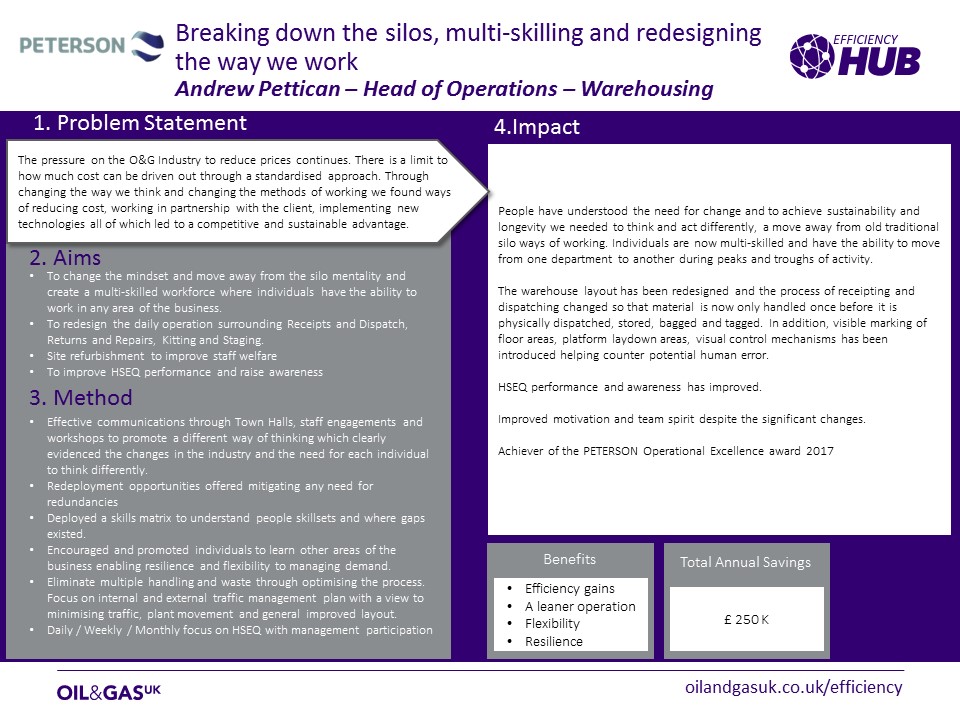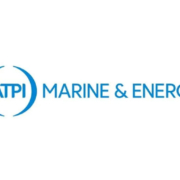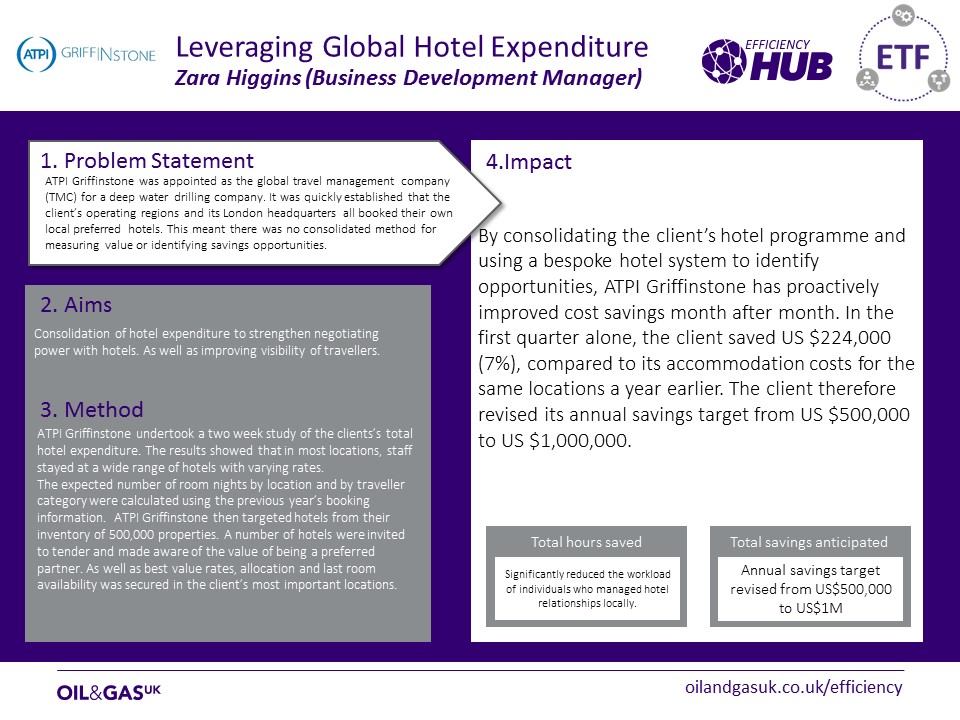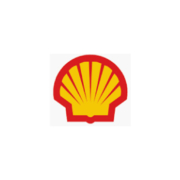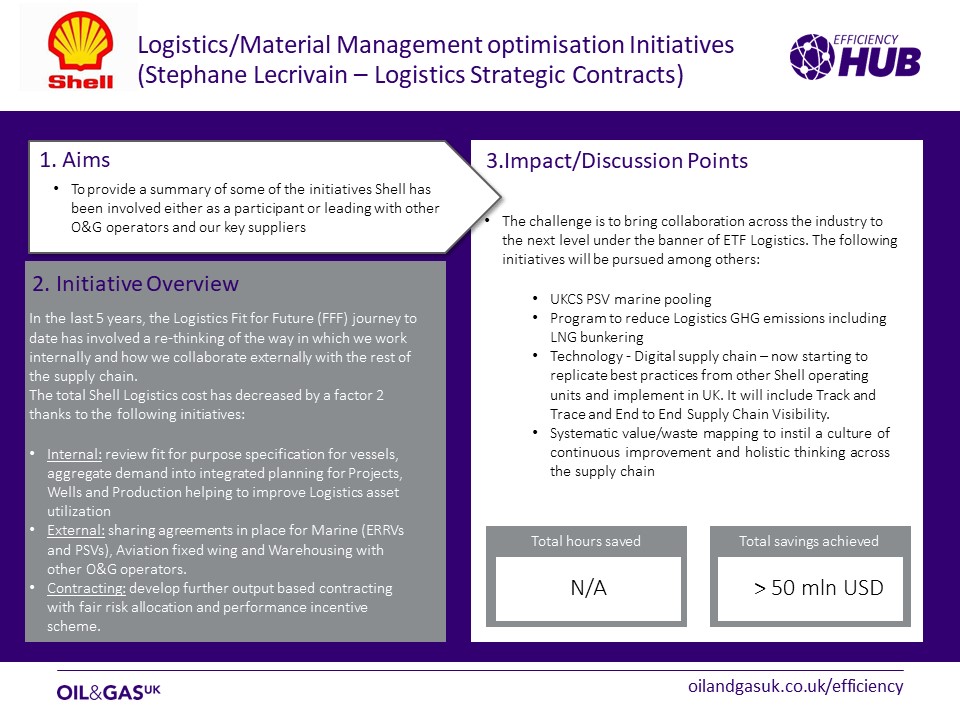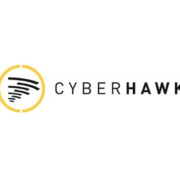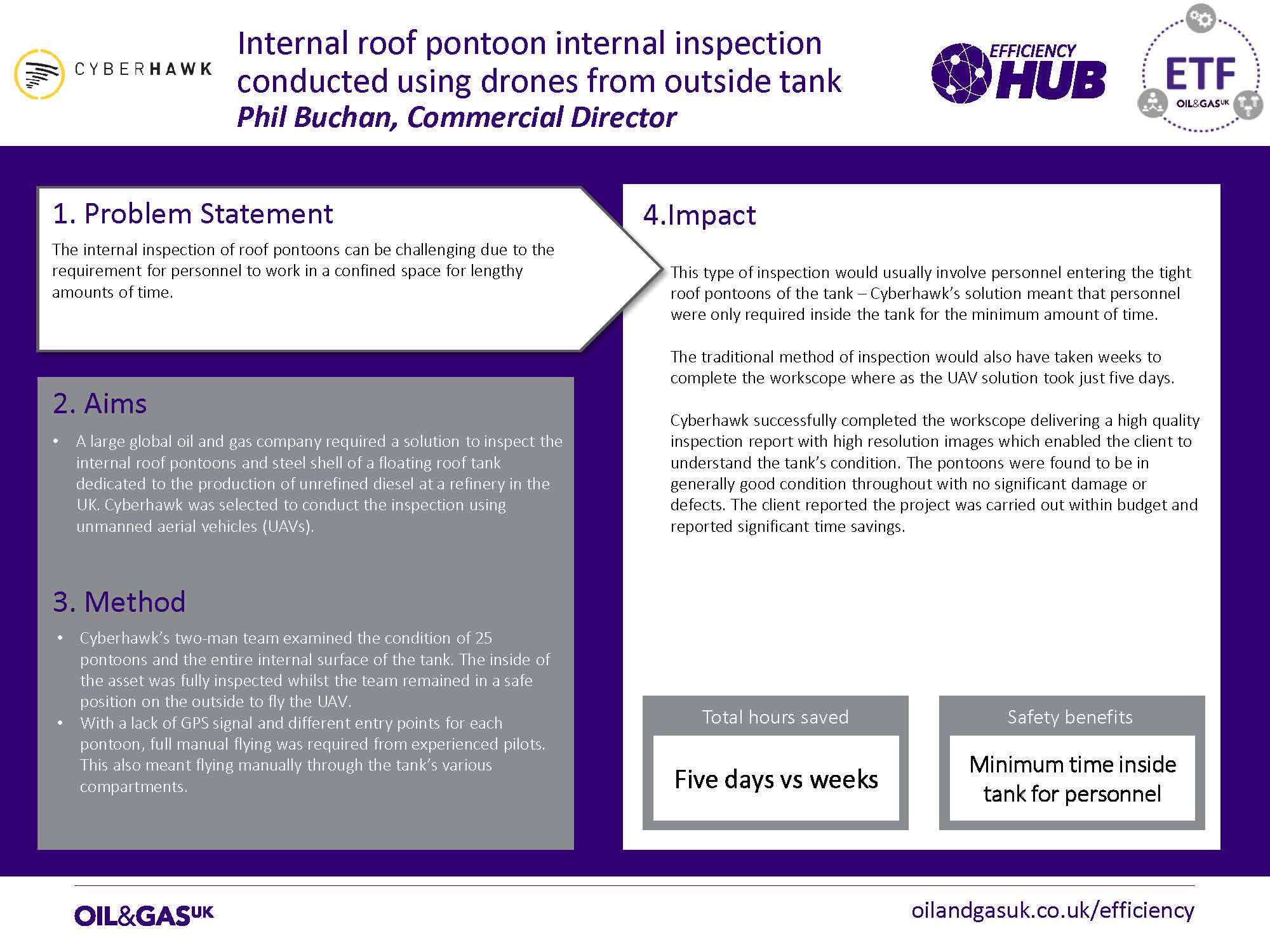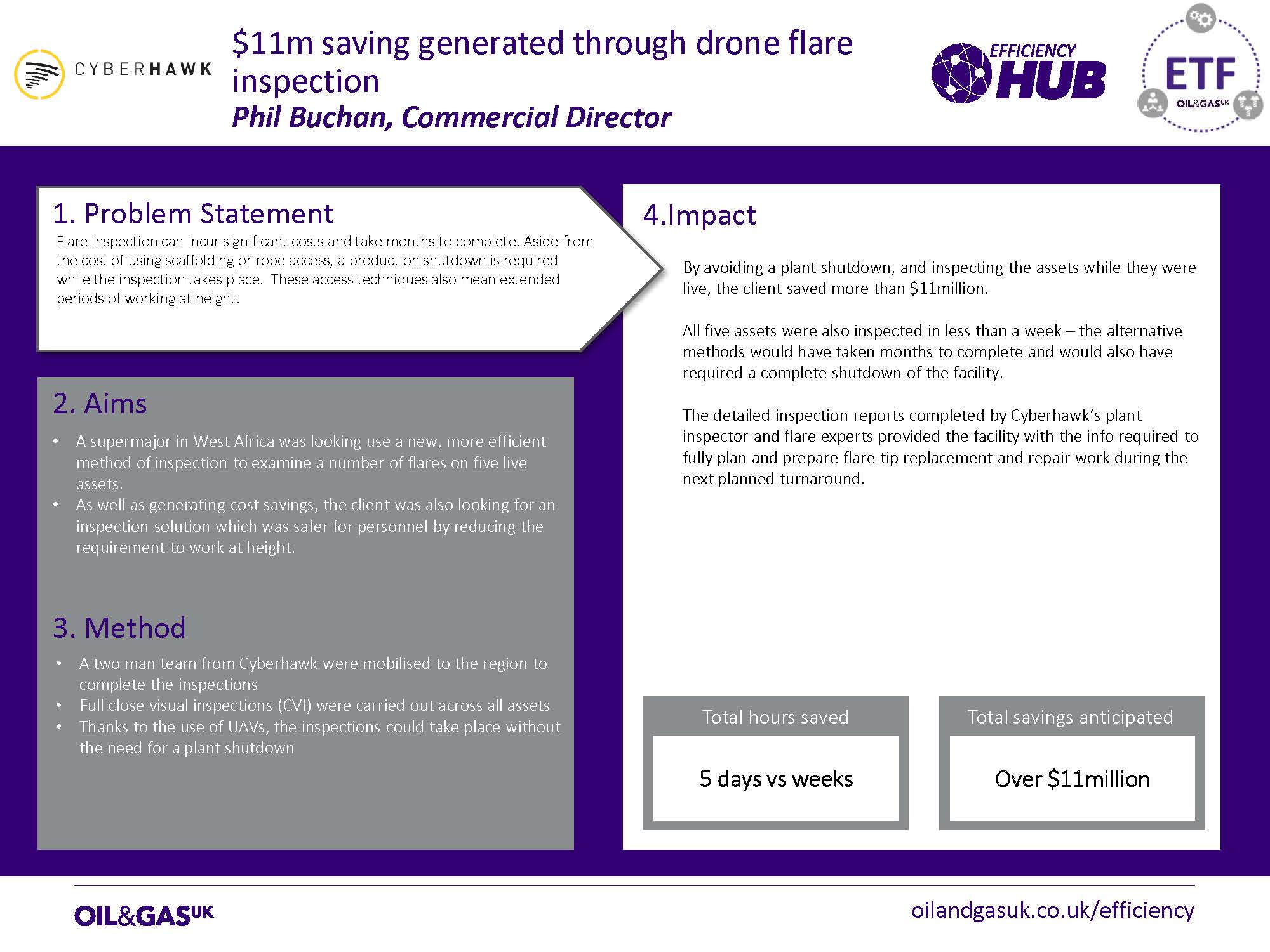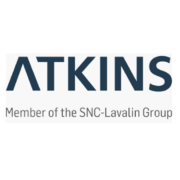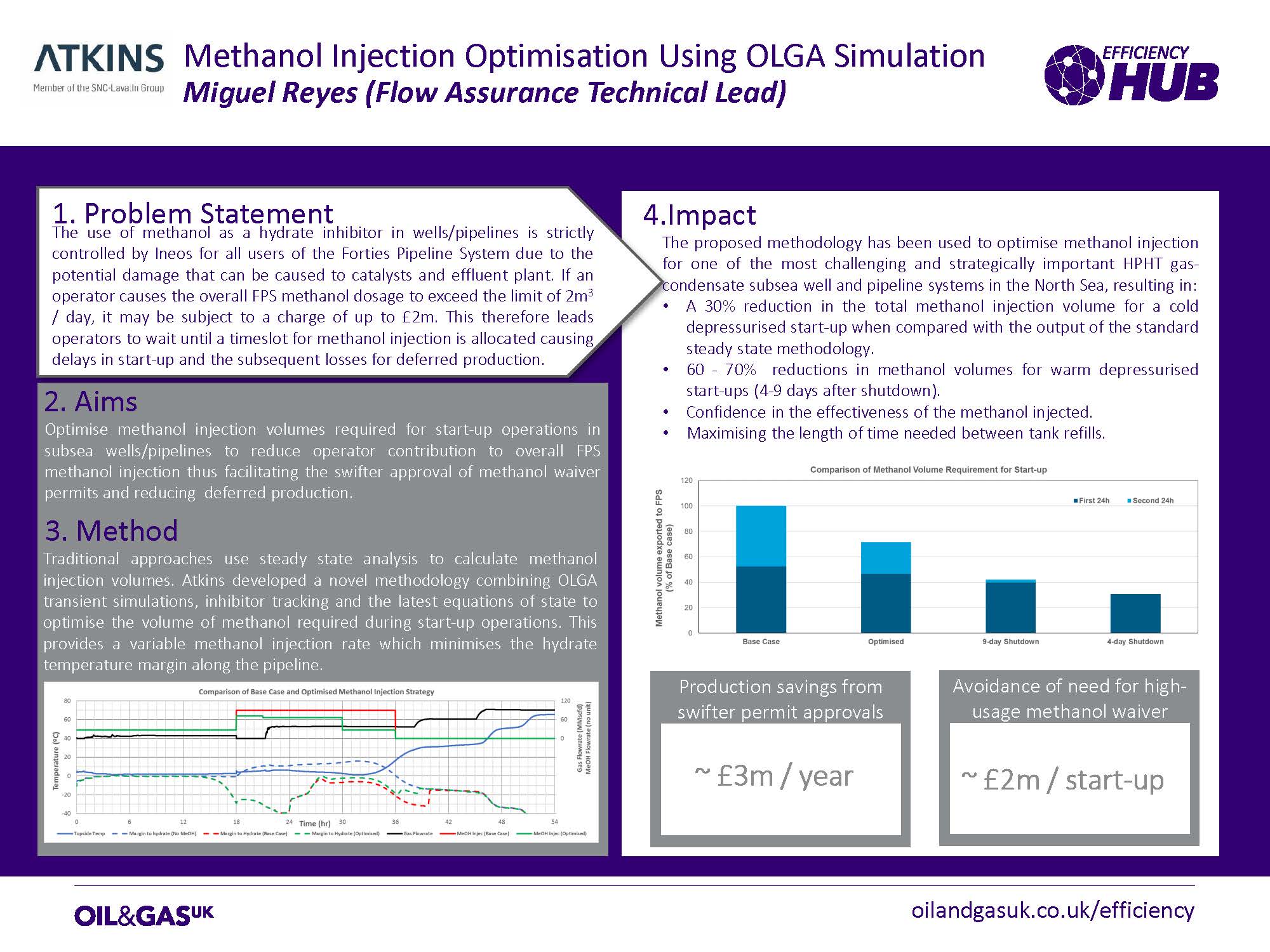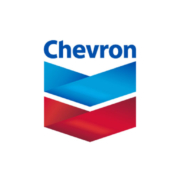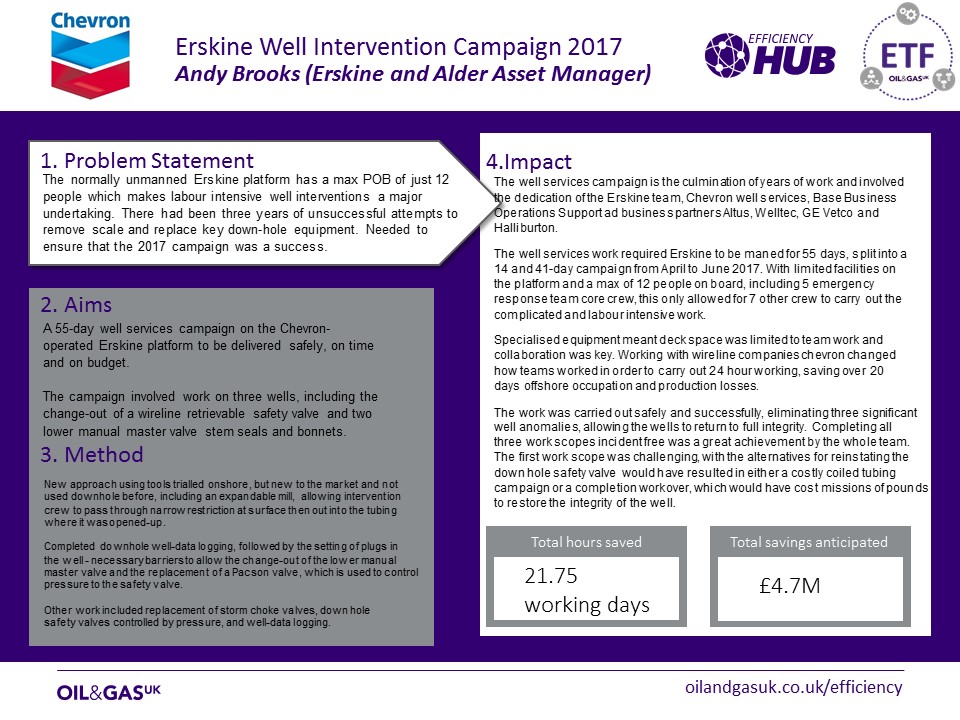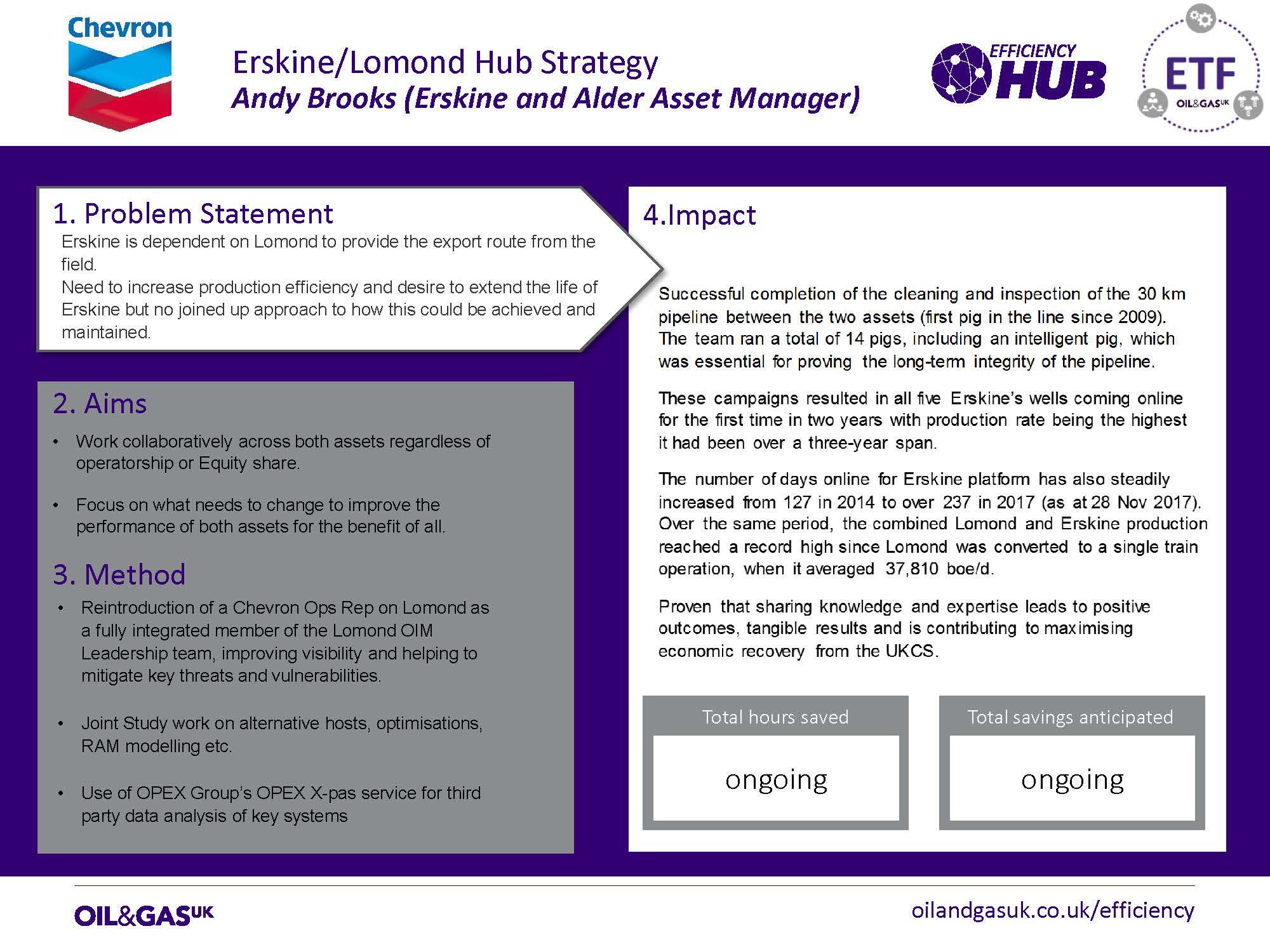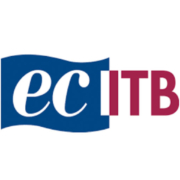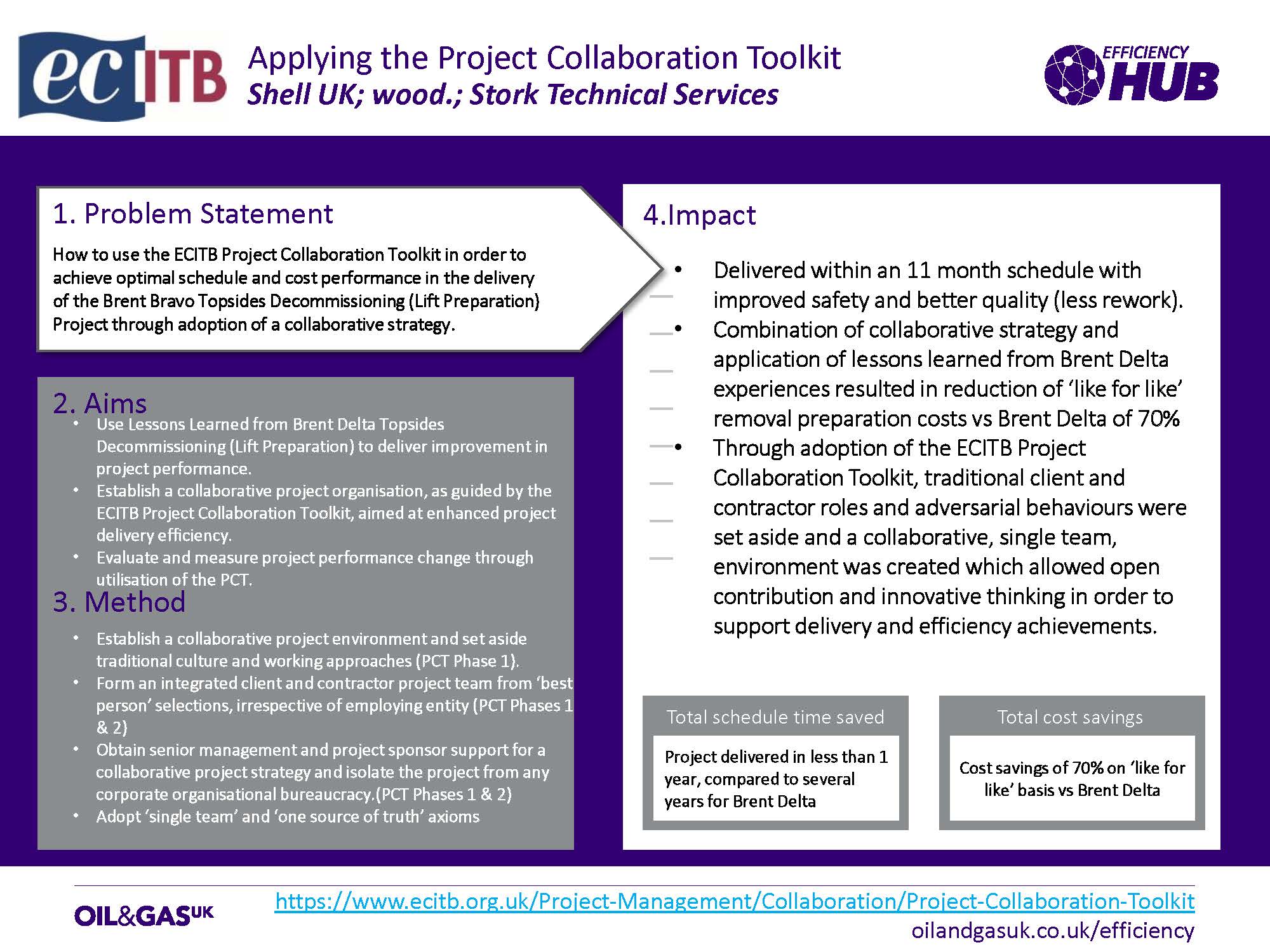Nexen – Allocation & Measurement Dashboard
Problem Statement
Allocation and Measurement issues required greater focus to maintain the optimal integrity of the key inputs to the Allocation and Production Reporting System.
Aims
To develop a semi-automated tool to communicate and collaborate with key stakeholders the health status of asset measurement systems and to drive progress of remedial work required to safeguard the long-term integrity of the systems.
Method
The Dashboard is refreshed monthly and a communication sent to key stakeholders to give visibility of issues impacting the fair and equitable apportionment of product at field and well level. Emphasising any threats to production, highlighting areas of weakness together with the significance of not taking remedial action.
The Dashboard is used within asset war rooms and a monthly meeting held to review, discuss progress and agree priorities.
The Dashboard serves to monitor and control progress against OGA and 3rd party Inspection Audit.
This review process brings focus on issues impacting the accuracy of production data, assists asset management to understand the business case for approving any corrective maintenance required.
In addition to communicate the health of key metering systems impacting water injection and production, systems critical to EU ETS, well test, sampling and analysis attainment are also monitored and reported.
All the players and stakeholders have the same consistent information that they can use for day-to-day decision making.
This has contributed to the ability to monitor and control issues, evident by a steady improvement in 3rd party audit scores.
Total Savings Anticipated
+/- 100 Hours per Annum
Mitigate exposure to lost/deferred production due shutdown by regulator/pipeline operator.
Click on the image above to download the case study.

